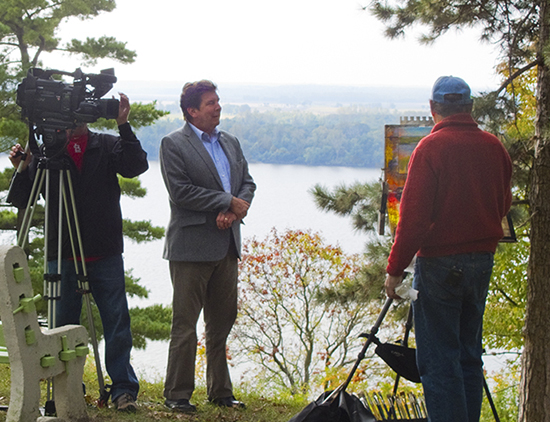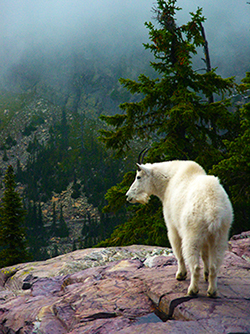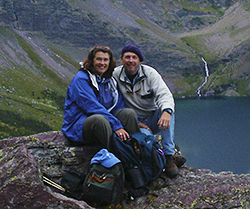The Russian Itinerants
|
The Russian Itinerants
Nikolai Ge Portrait of a Ukrainian Boy Nikolay Kasatkin (1859 - 1930)
Isaac Levitan (1860 - 1900) followed his brother to study at the Moscow School of Painting, Sculpture and Architecture. He received a scholarship to continue his studies after his parents both died and his family fell into poverty. Levitan focused on the beauty of the Russian landscape. His works are called "landscapes of mood". He became world-famous and became the head of the Landscape Studio at the Academy where he had studied. It is written that he once said, "There is no country more beautiful than Russia! There can be a true landscapist only in Russia."
Rafail Levitsky (1847 - 1940) was the son of Count Sergei Lvovich Levitsky, an early pioneer of photography in Russia and Europe. Rafail Levitsky studied at the Saint Petersburg Imperial Academy of Arts, later becoming a Professor of Drawing and Painting on Porcelain at the School of Imperial Society of Honouring Visual Arts. He was a close friend of fellow Peredvizhniki artist Ilya Repin and writer, Leo Tolstoy. Levitsky also was a photographer and is known for his portraits of Czar Nicholas II and his family. Levitsky is considered to be one of the first artists to also work as a fine art photographer.
Alexander Litovchenko (1835 - 1890)
The Goose Girl 1875 Two Peasant Girls 1877
Vassily Maximov (1844 - 1911) was orphaned as a child. He learned to paint at an icon painting workshop, and went on to study at the Imperial Academy of Arts. Rather than study abroad, Maximov chose to study and paint the peasant life of the Russian villages. He is considered one of the most prominent members of the Peredvizhniki. Ilya Repin called him "the most uncrushable stone in the foundation of peredvizhnechestvo".
Grigoriy Myasoyedov (1834 - 1911) also studied at the Imperial Academy of Arts. He traveled to Italy, Spain and France on painting trips before returning to teach in Russia. Myasoyedov was one of the founders of the Peredvizhniki. He is known for his sensitive portrayals of peasant life and for his religious paintings.
Fishing The Art Teacher 1867
Illarion Pryanishnikov (1840 - 1894)
Ilya Repin (1844 - 1930) was arguably the most renowned of the Russian artists of his time. He was the first Russian artist to achieve fame in Europe with his paintings depicting specifically Russian themes. As a youth, Repin attended military school while studying art under icon painter Ivan Bunakov. He went on to study at the Imperial Academy of Arts. Repin exhibited at the Salon in Paris as well as with the Peredvizhniki. He committed himself to social statement in his paintings, writing, "Now it is the peasant who is the judge and so it is necessary to represent his interests. (That is just the thing for me, since I am myself, as you know, a peasant, the son of a retired soldier who served twenty-seven hard years in Nicholas I's army.)" In 1901 Repin was awarded the Legion of Honor. He is known for his large body of portraits.
Andrei Ryabushkin (1861 - 1904)
Konstantin Savitsky (1844 - 1905) studied at the Imperial Academy of Arts in Saint Petersburg, where he worked with other important artists including Ilya Repin and Ivan Shishkin. After his graduation from the Academy and two years of traveling abroad, he became a member of the Peredvizhniki. Savitsky taught for more than twenty years in the art schools of Moscow. One of his most well-known paintings is Repairing the Railroad, portraying the lives of the working class.
Alexei Savrasov (1830 - 1897)
Valentin Serov (1865 - 1911) was born to Russian composers Alexander Serov and Valentina Bergman. He is most known for his portraits, many of actors, artists and writers. He joined the Peredvizhniki in 1894. Later in his life, he joined the World of Art, an association that was formed in part out of dissatisfaction with the Peredvizhniki. Serov resigned from his membership of the Saint Petersburg Academy of Art in protest of the execution of striking workers on what became known as Bloody Sunday.
Emily Shanks (1857 - 1936) was born in Moscow to British parents who founded the Shanks & Bolin, Magasin Anglais (The English Shop). She studied at the Moscow School of Painting, Sculpture and Architecture. In 1894 she became the first woman to be elected to the Peredvizhniki. She exhibited work in 19 of their exhibitions. Shanks also exhibited with the Moscow Union of Artists and the Moscow Society for Lovers of the Arts. At the start of World War I, Shanks and most of her family moved back to London where she lived until her death in 1936.
Ivan Shishkin (1832 - 1898) Shishkin became famous for his poetic studies of nature, notably his forest scenes. He was called the "singer of forest". Shishkin studied at the Moscow School of Painting, Sculpture and Architecture as well as the Saint Petersburg Imperial Academy of Arts, where he became a professor of painting. He was also a member of the Society of Russian Watercolorists.
Alexi Stepanov (1858 - 1923) was orphaned as a young child and grew up in the Moscow Orphanage. He became a surveyor, while also auditing classes at the Moscow School of Painting, Sculpture and Architecture (where he later became a professor). Stepanov is one of the artists of the Peredvizhniki who later left the group (in 1903) to form the Union of Russian Artists.
Viktor Vasnetsov (1848 - 1926) studied in a seminary from the age of ten until moving to Saint Petersburg to study art. He became a friend of the Peredvizhniki leader, Ivan Kramskoi and member Ilya Repin. Repin later invited Vasnetsov to join the Peredvizhniki group in Paris. He is known for his historical and mythological paintings, his illustrations of Russian fairy tales, his cathedral frescos and theater design. Viktor's younger brother, Apollinary Vasnetsov (1856 - 1933), was also an artist. He did not receive a formal artistic education, but studied under his older brother.
Yefim Volkov (1844 - 1920)
Nikolai Yaroshenko (1846 - 1898) was born in what is now Ukraine. Yaroshenko followed in the footsteps of his father, an officer in the Russian army, and pursued a career in the military, while maintaining a study of art. He attended the Saint Petersburg Imperial Academy of Arts. In 1876, on the strength of his painting Nevsky Prospekt at Night (which was lost in the second World War), he was invited to be a member of the Peredvizhniki. He is considered to be an important member of the group and was often called "the artists' conscience". His painting, The Stoker, was one of the first images of a worker in Russian art. He devoted a considerable amount of his painting time to portraiture, considering it a social duty to paint intellectuals, progressive writers, artists and actors. One of Yaroshenko’s most popular works is titled Life Goes On. It portrays prisoners behind the barred window of the convict wagon. He retired in 1892 as a Major General.
Life is Everywhere 1888 The Stoker 1878
blog comments powered by Disqus
|
Become an Artist's Road Member Today!
Already a Member?Log in here. To renew your membership, log in and follow the links. Search the SitePerspectivesNot ready to become a Member yet? Subscribe to our free email postcards, "Perspectives". Enter your email address here.
Member ContentFree ContentThe Artist's Road StoreNocturnes - A Primer on Night Painting Filled with inspirational examples by the masters of nightime painting, this little book is sure to fire up your creative energies. Never tried painting at night? We show you how it's done with a step-by-step-oil demo and a tale of night painting in the wilds of Rocky Mountain National Park. The Primer on Night Painting - Nocturnes is a 7 x 7" PDF download with 40 pages of text and images. It includes a gallery of paintings by masters of the nocturne, information to inspire and encourage you in your plein air nocturne painting, an illustrated step-by-step demo and tips for working in pastel and oil. Also available in a softcover edition. Check out the tools and other products that we use in our own art and travels in The Artist's Road Store. We only offer things for sale that we enthusiastically believe in.
About Us
|
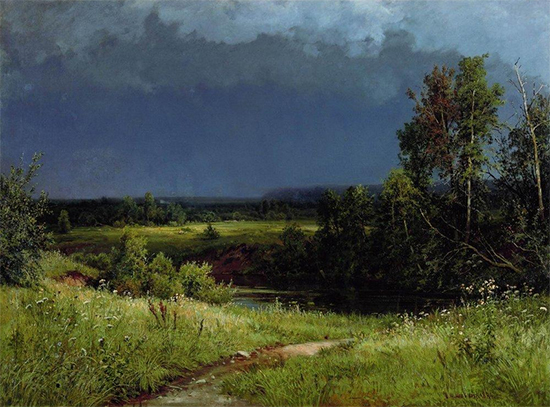
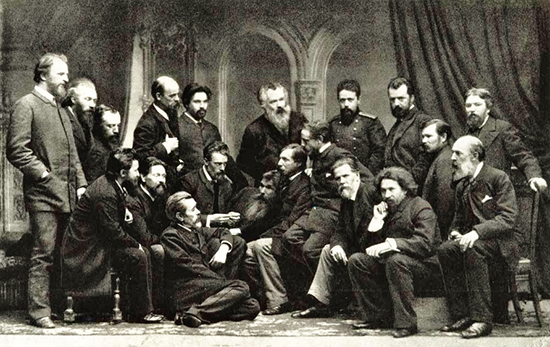 The style of their paintings is often more natural and with a lighter palette. Several painted en plein air. A few were influenced by the beginnings of Impressionism which they saw when traveling to France. An important tenet of the association was to bring art to the people of the provinces living outside of Moscow and Saint Petersburg. The society did not take state support. They did work to attract new buyers in order to have a market for the new art. They organized forty-eight exhibitions which traveled to smaller cities throughout the countryside after showing in Moscow and Saint Petersburg. The final exhibition of the group was held in 1923 at which point many of the members of the Itinerants went on to join the Association of Artists in Revolutionary Russia.
The style of their paintings is often more natural and with a lighter palette. Several painted en plein air. A few were influenced by the beginnings of Impressionism which they saw when traveling to France. An important tenet of the association was to bring art to the people of the provinces living outside of Moscow and Saint Petersburg. The society did not take state support. They did work to attract new buyers in order to have a market for the new art. They organized forty-eight exhibitions which traveled to smaller cities throughout the countryside after showing in Moscow and Saint Petersburg. The final exhibition of the group was held in 1923 at which point many of the members of the Itinerants went on to join the Association of Artists in Revolutionary Russia.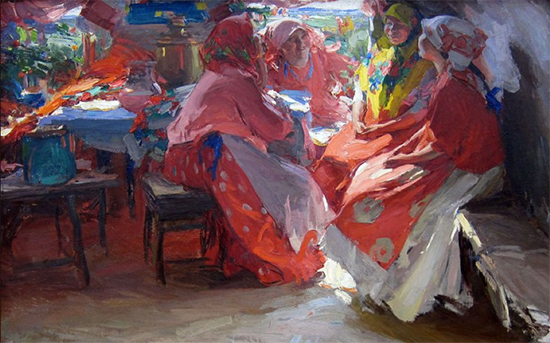
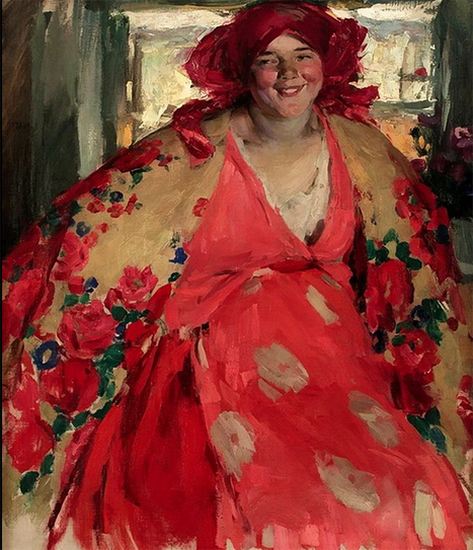
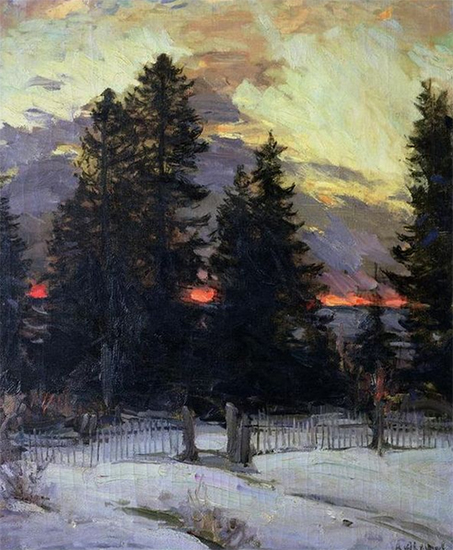
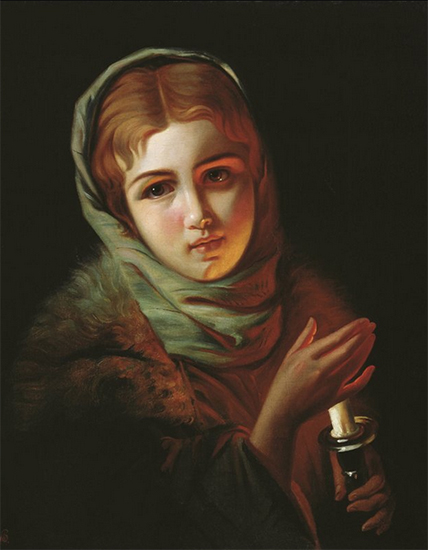
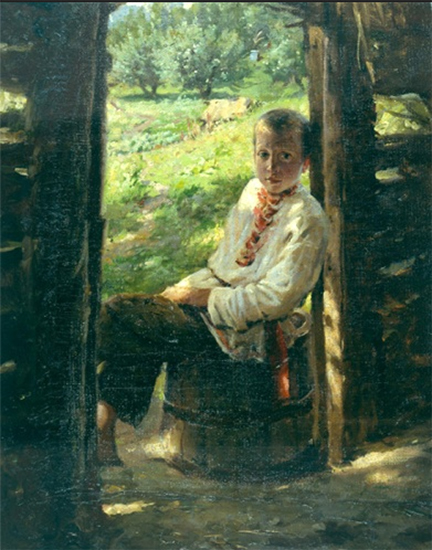
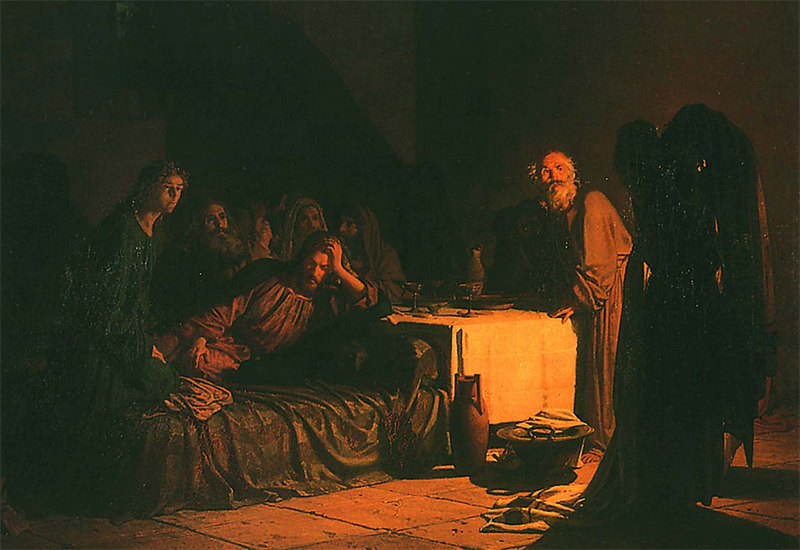
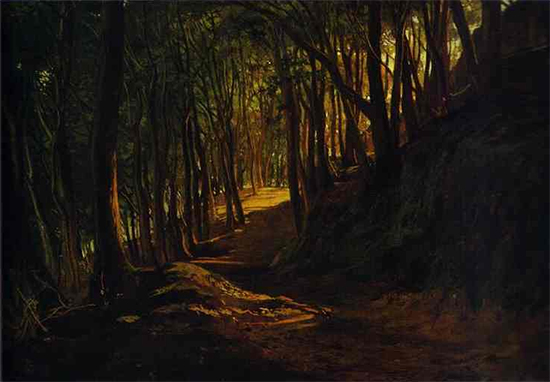 Oak Grove at San Terenzo 1867
Oak Grove at San Terenzo 1867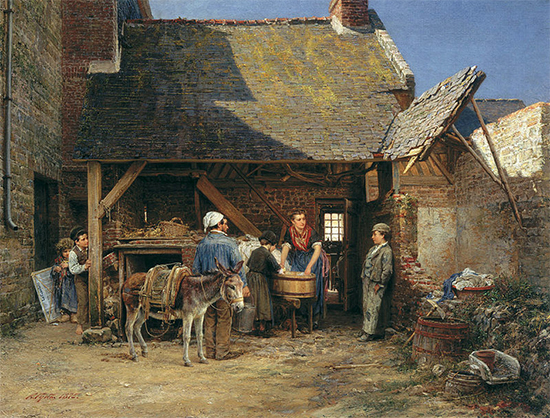
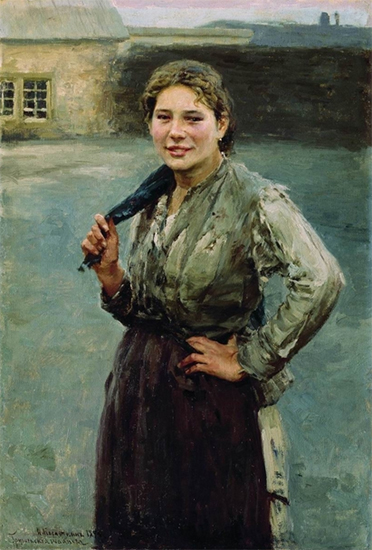 A Miner's Wife 1894
A Miner's Wife 1894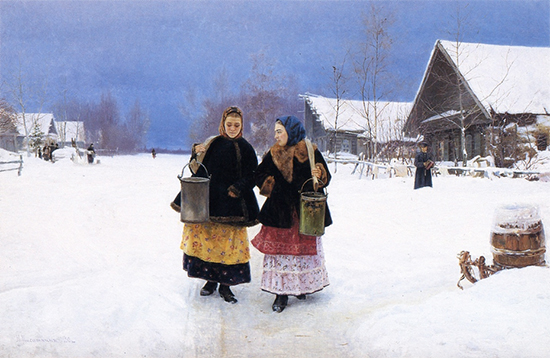
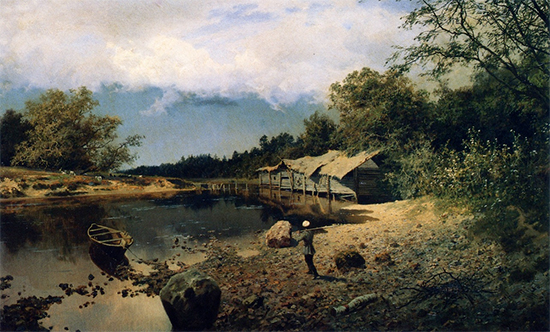
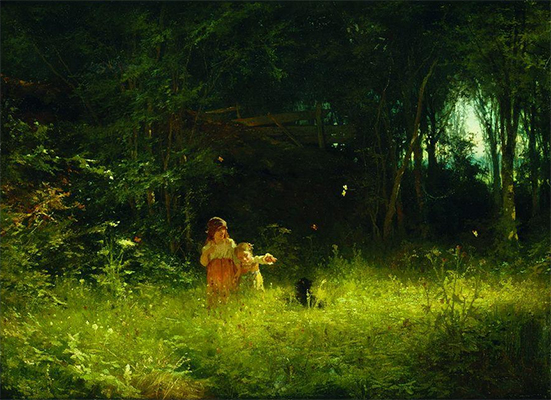
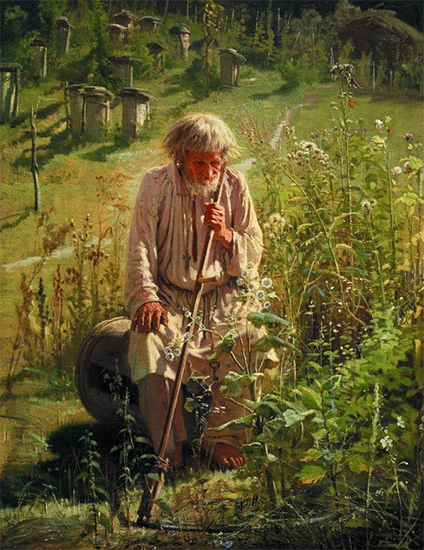
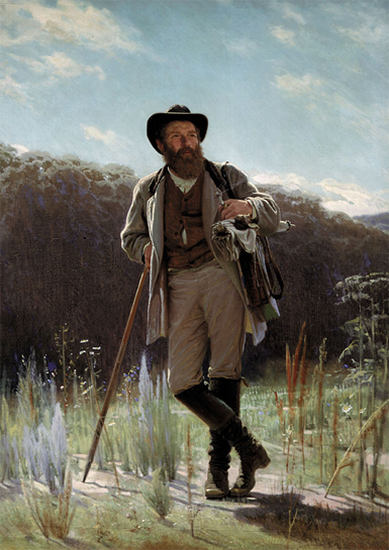 Beekeeper 1872 Portrait of Ivan Shishkin 1873
Beekeeper 1872 Portrait of Ivan Shishkin 1873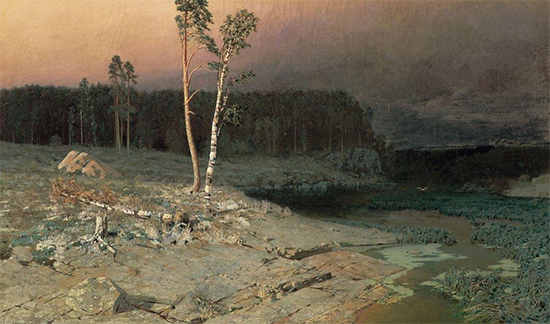
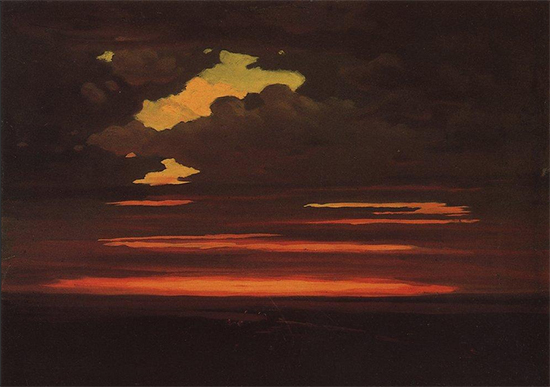
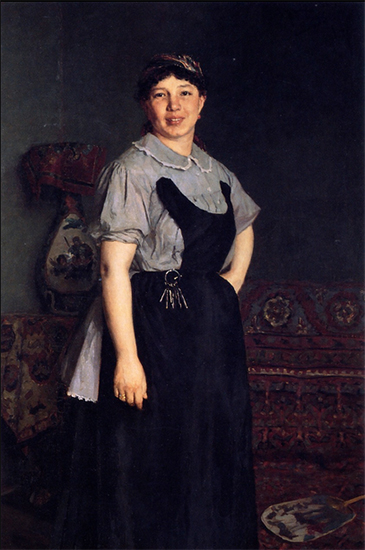
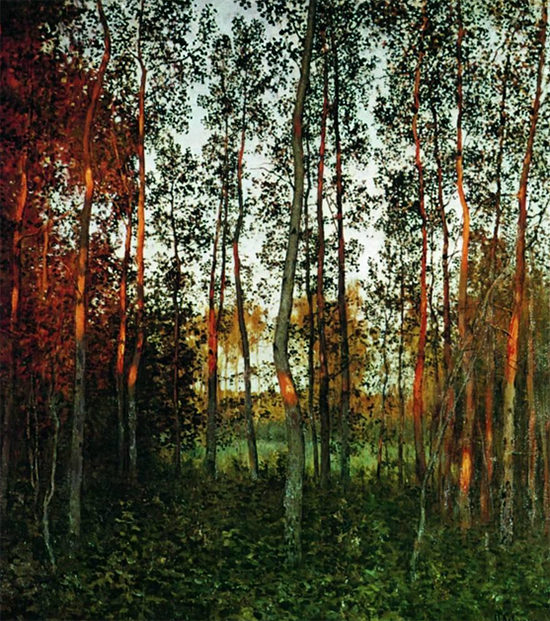
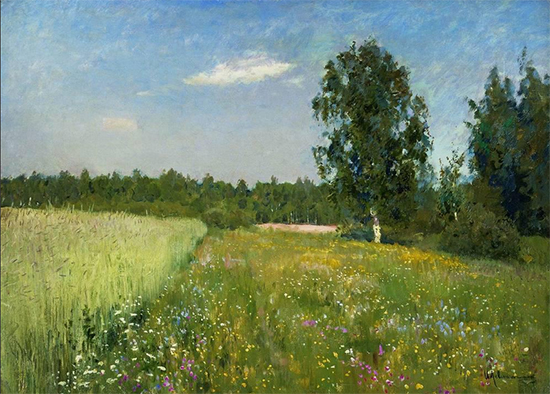
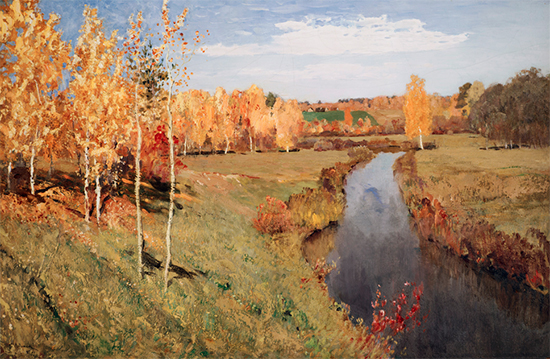
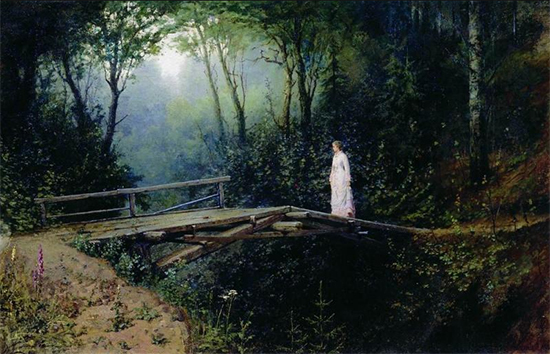
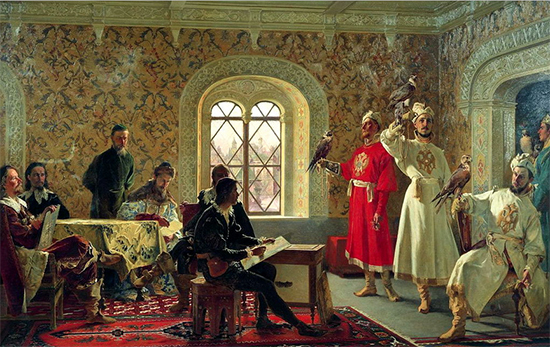
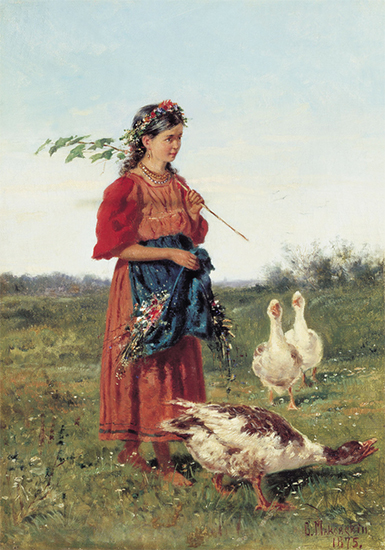
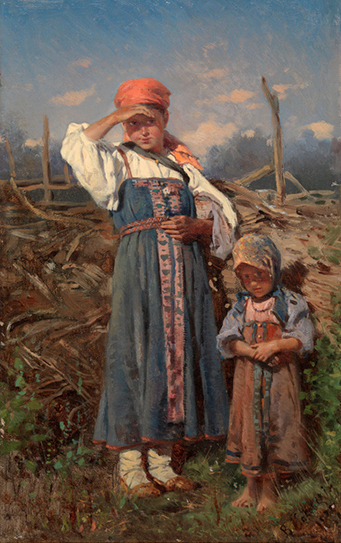
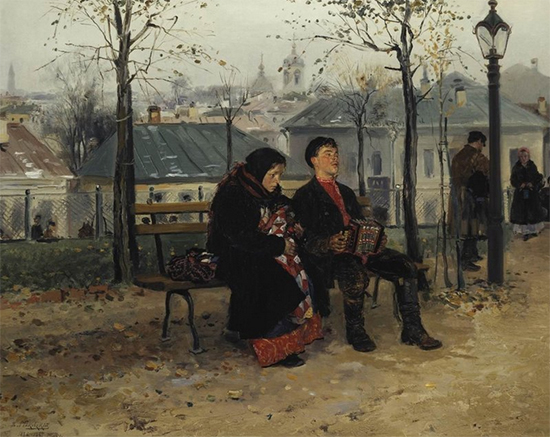
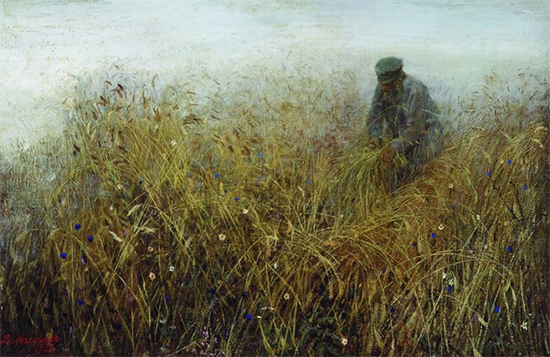
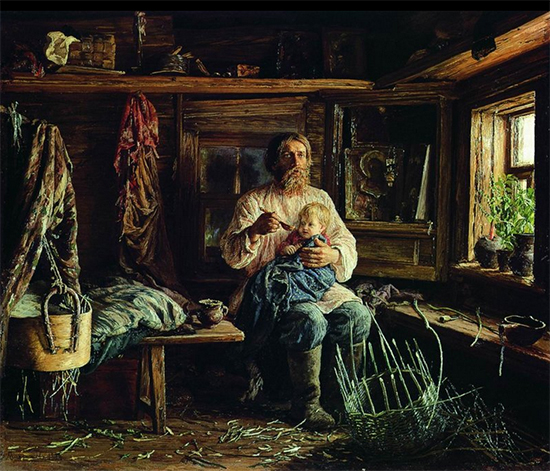
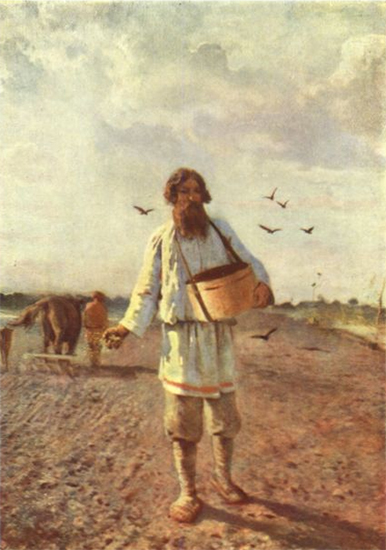
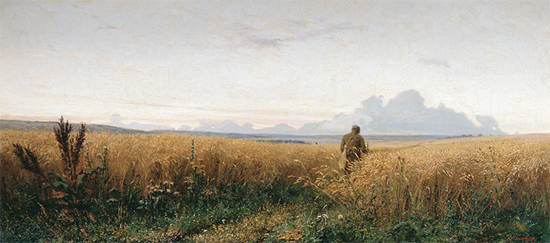
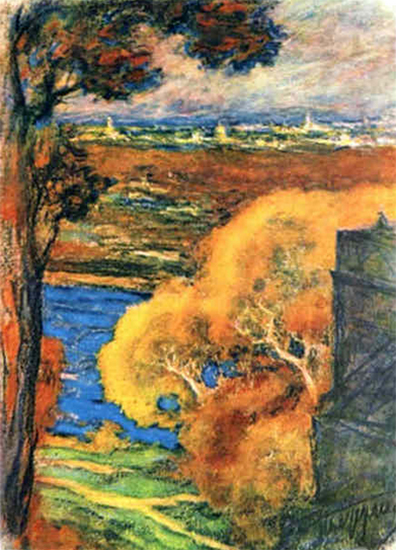
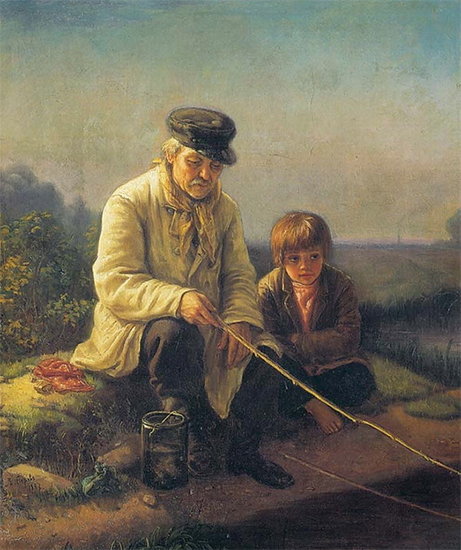
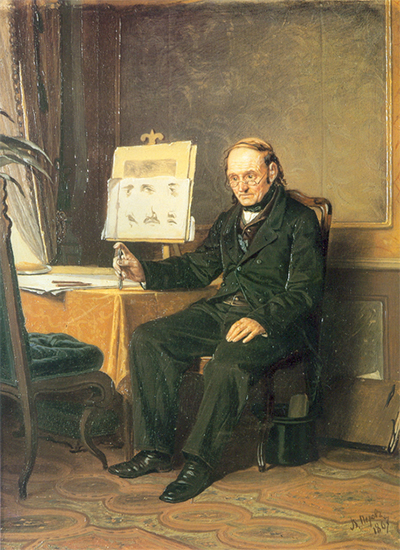
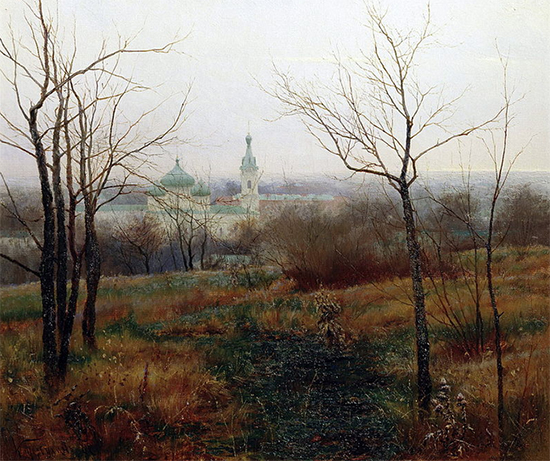
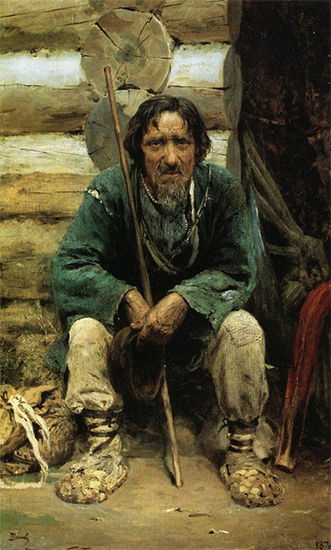
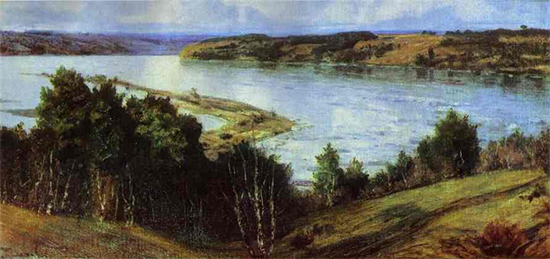
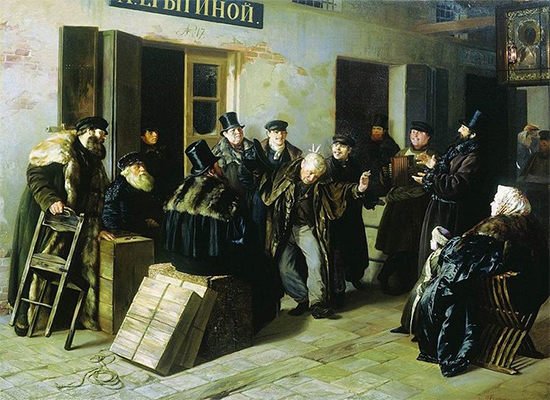
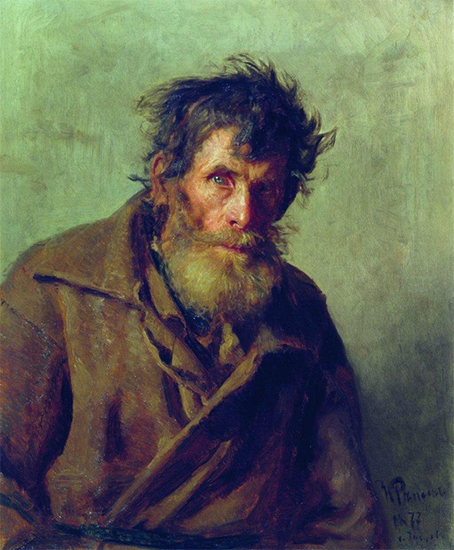
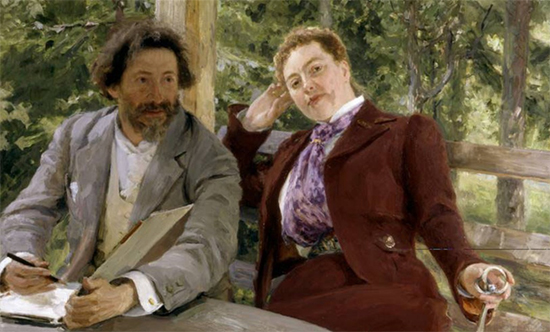
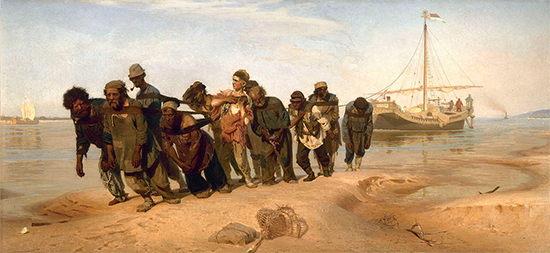
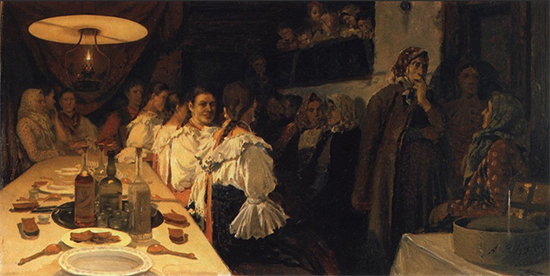
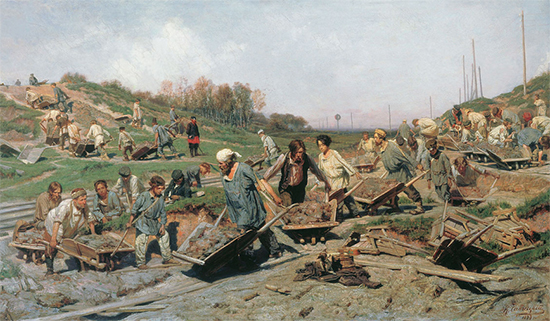
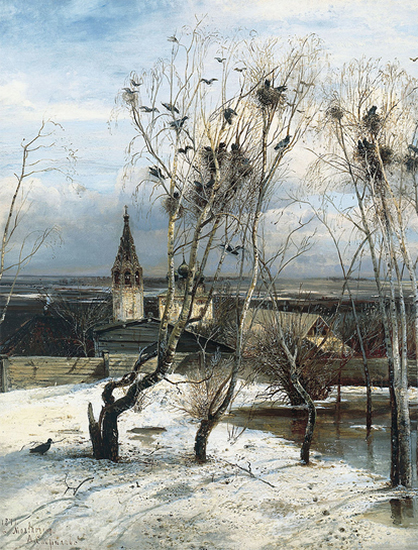
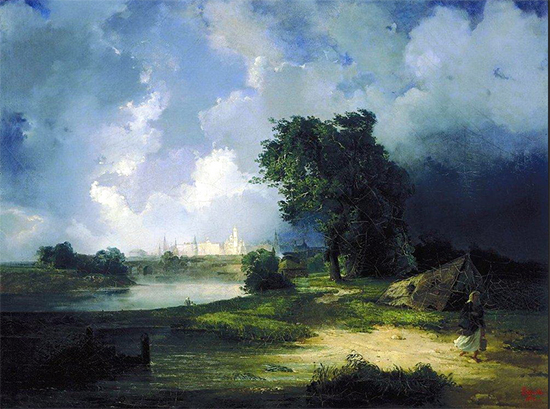
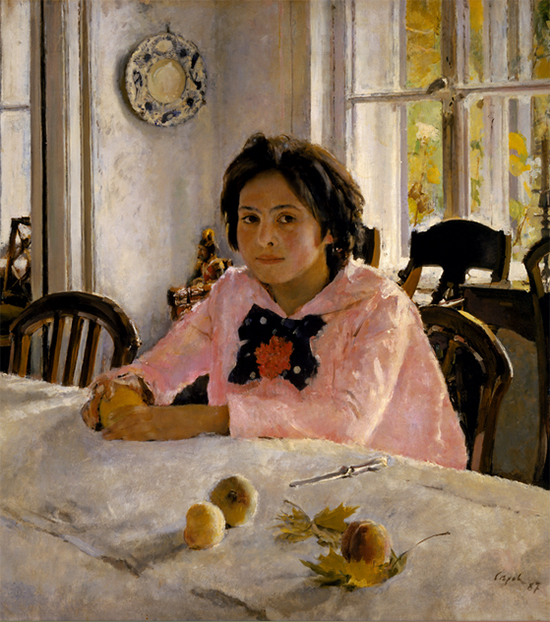
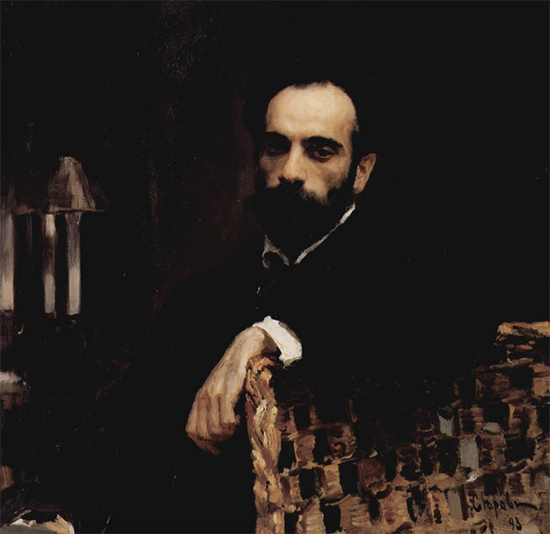
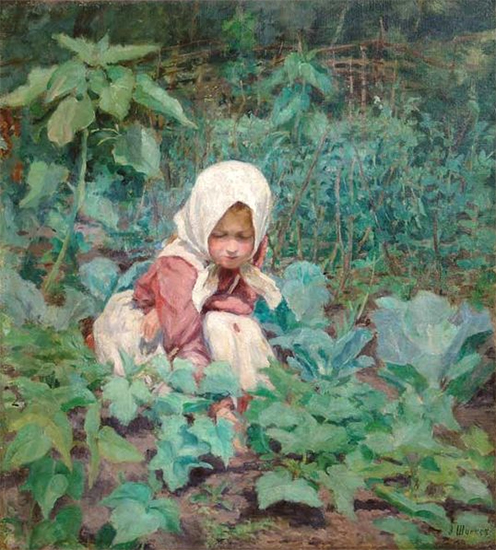
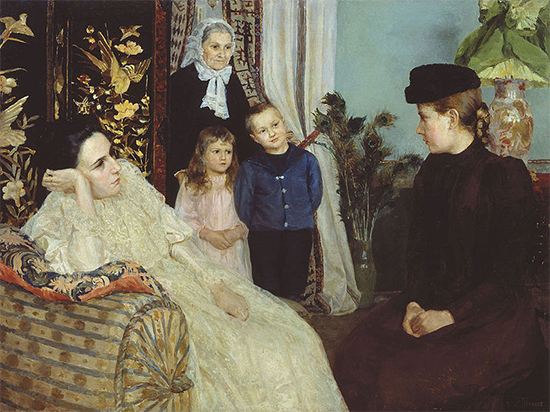
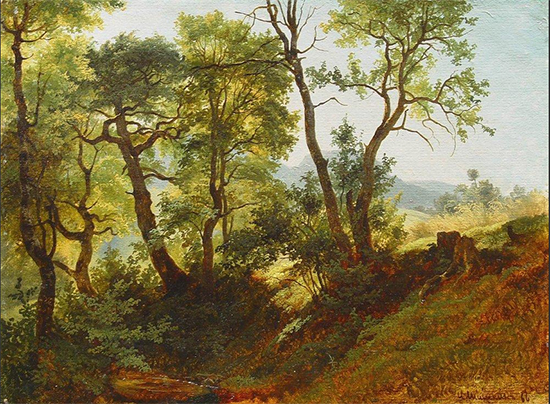
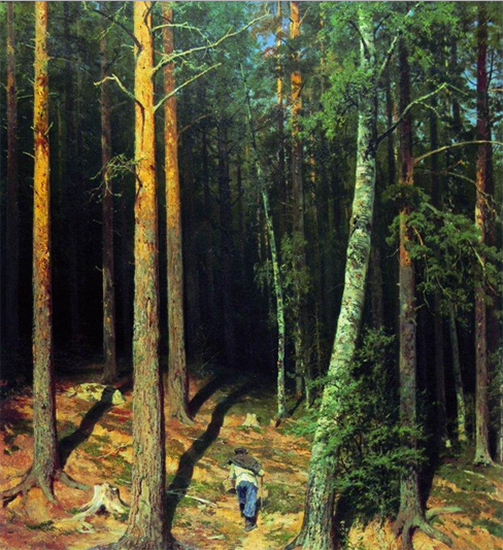
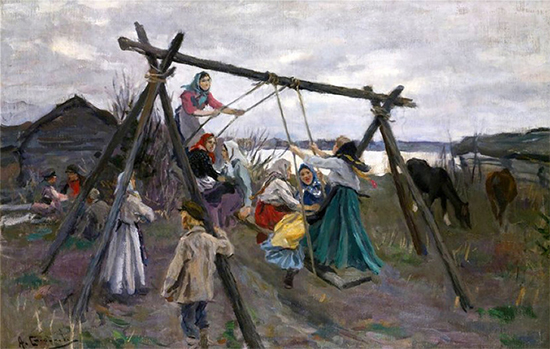
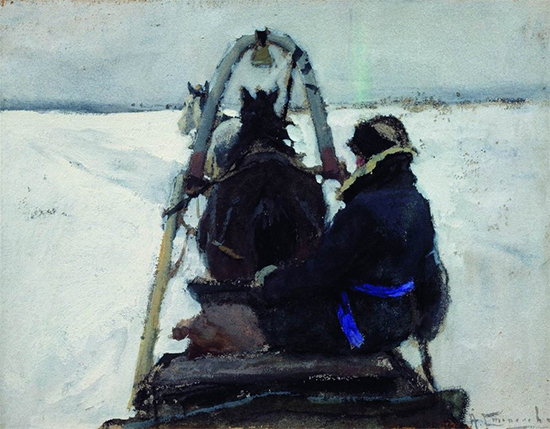
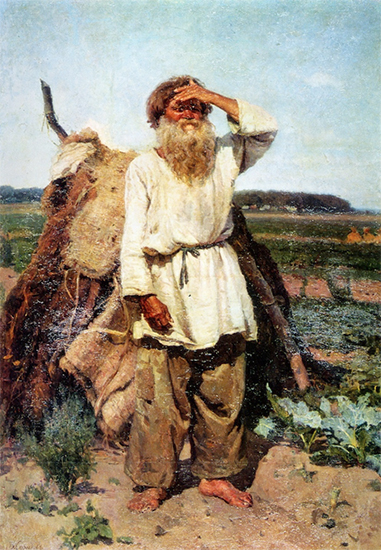
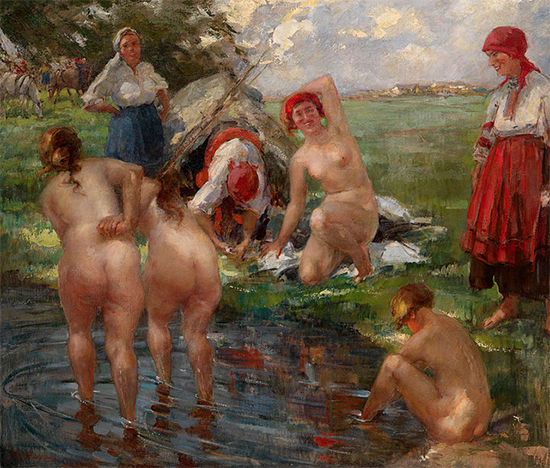
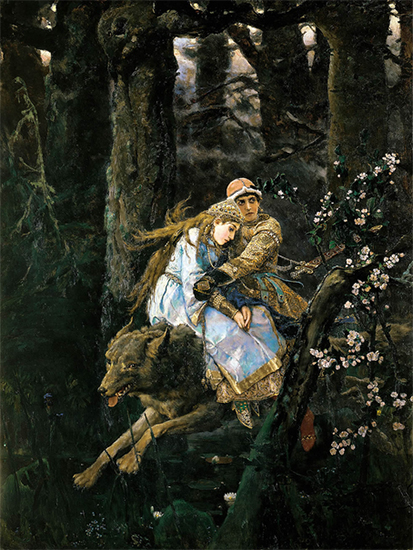
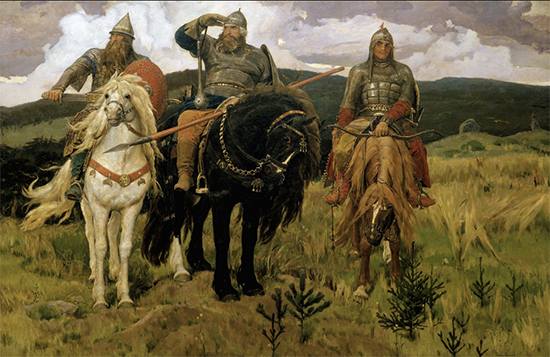
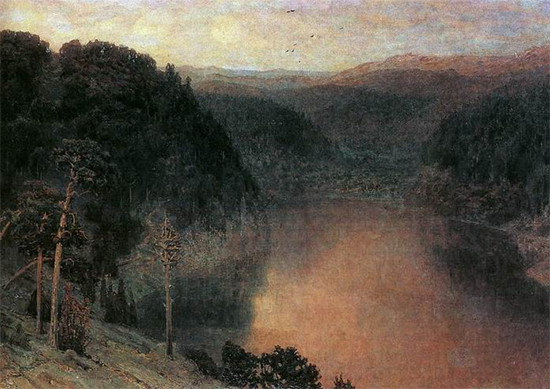
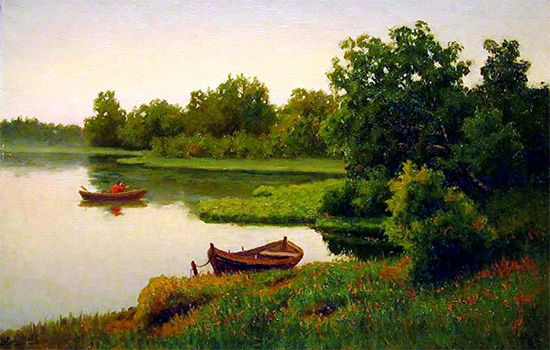
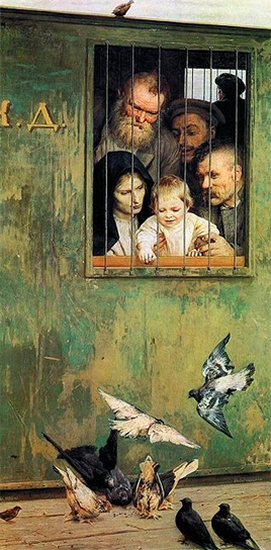
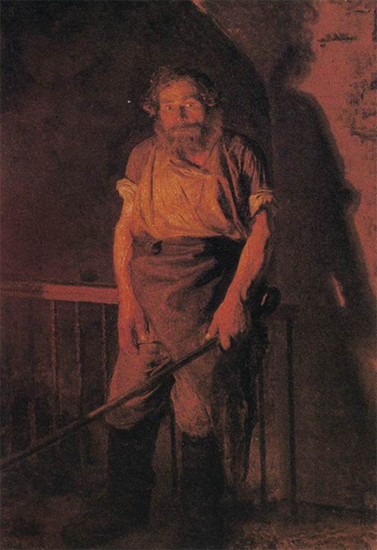
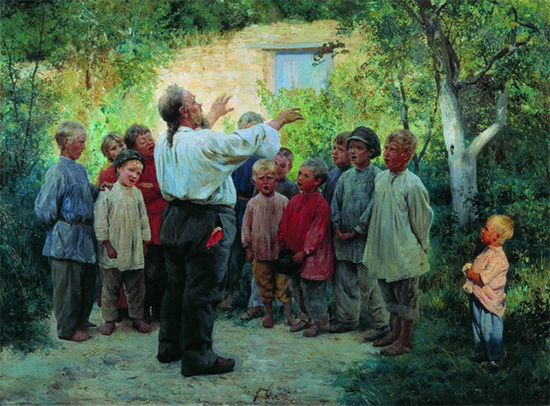
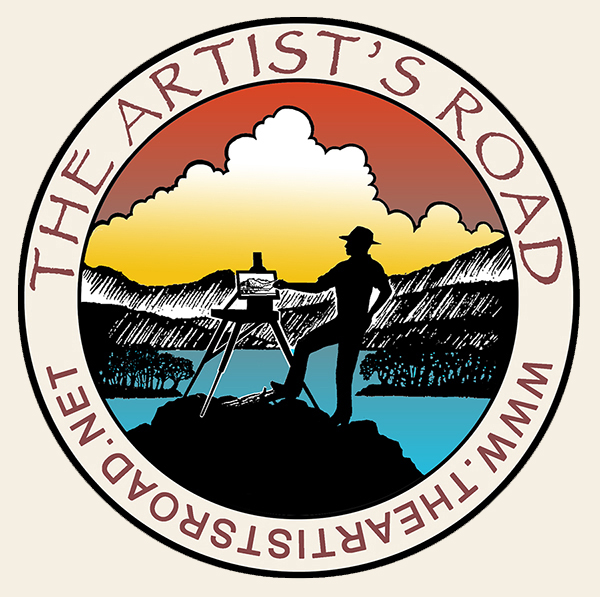
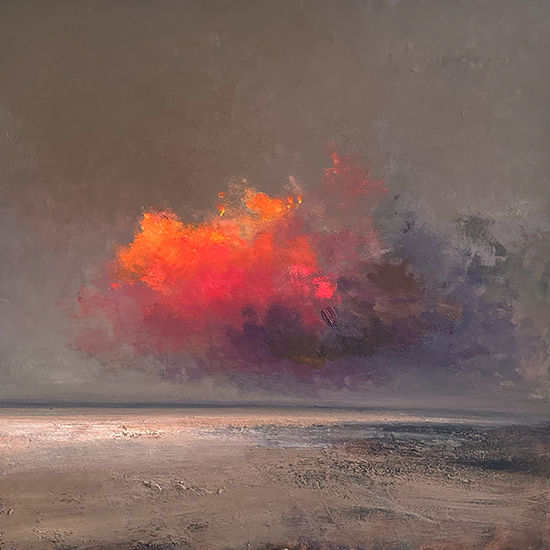 Voices of Experience:Richard K. Blades
Voices of Experience:Richard K. Blades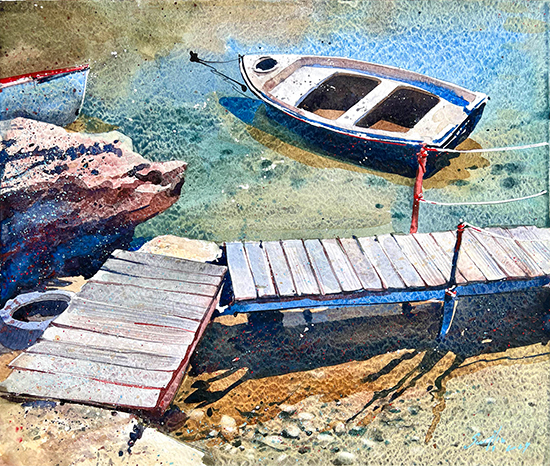
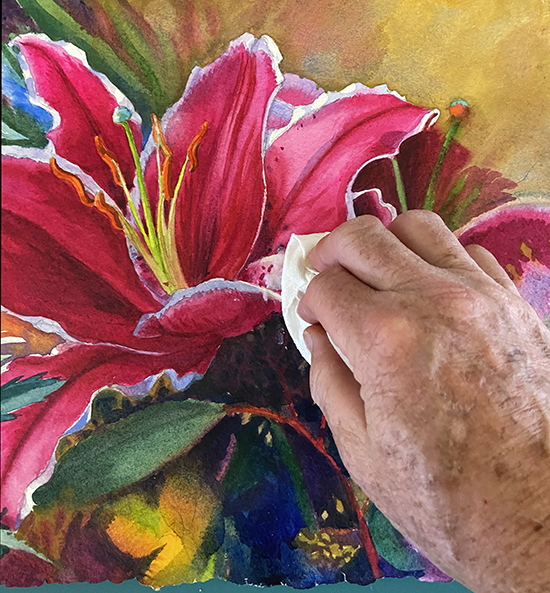 ing Watercolors
ing Watercolors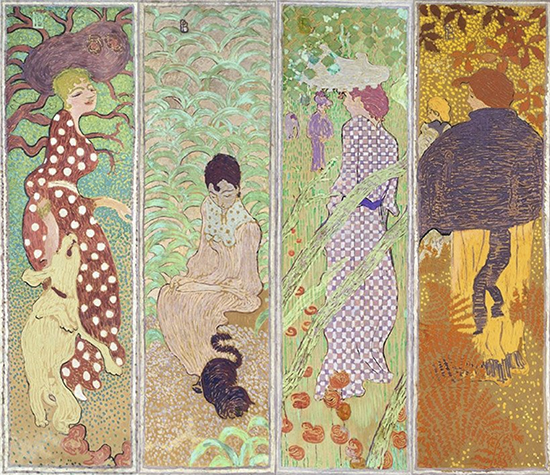
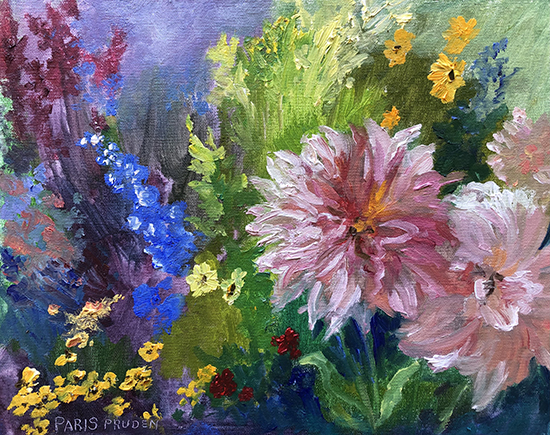
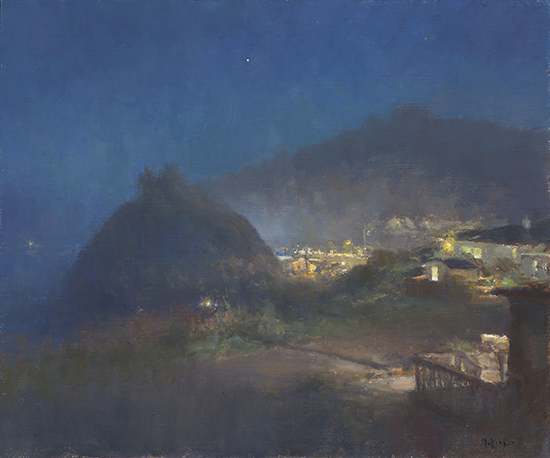 Nocturne Notes
Nocturne Notes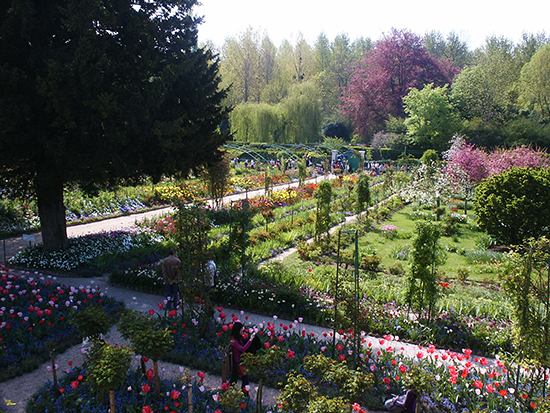 Inspiration in Monet's Gardens
Inspiration in Monet's Gardens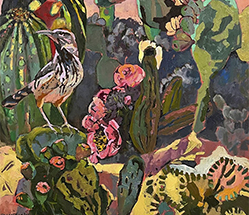
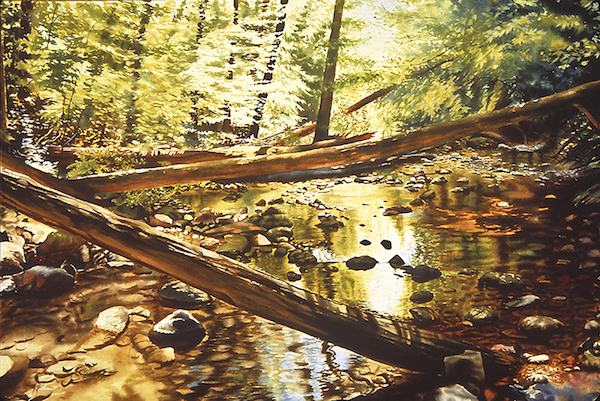 The Watercolor Medium
The Watercolor Medium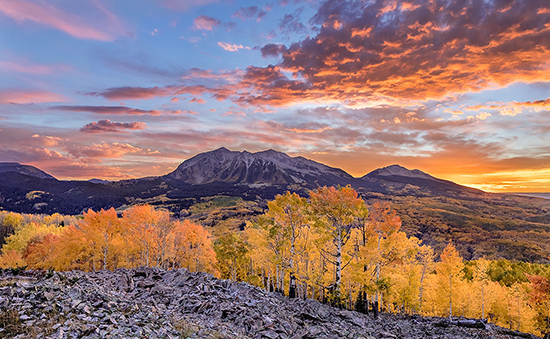
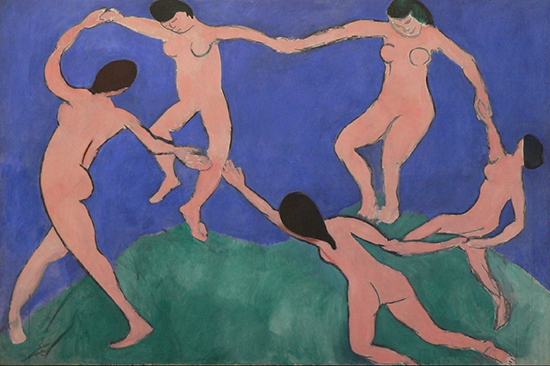 The Perspectives Archive
The Perspectives Archive